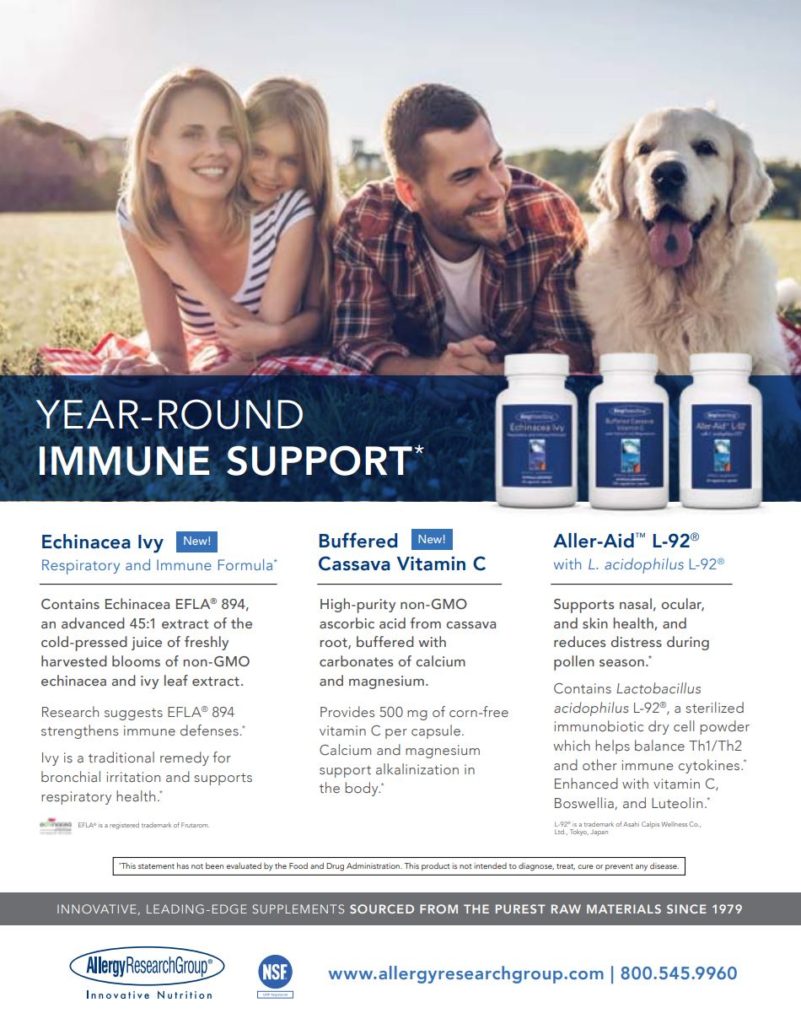…article continued:
Limitations of Oral Supplementation with CoQ10
Studies report a decline in organ tissue contents of CoQ10 observed at ages 77-81 versus age 19-21 as follows: pancreas (−83%), skin (−75%), heart (−58%), kidneys (−45%), adrenals (−50%), and liver (−17%).11 This may be the result of reduced synthesis and/or increased degradation.11 Deficiencies of CoQ10 tissue content were also found in individuals with diabetes (−65%), pancreatic cancer (−30%) and those treated with statins (−20% to −26%).11 This may explain, at least in part, significant age-related decline in mitochondrial function occurring in most tissues, especially those with high energy demand such as brain, heart/skeletal muscle, kidneys and liver.
Endogenous synthesis of ubiquinone occurs in all tissues, estimated in one study at 500 mg/day (depending on body size), while CoQ10 intake from foods averages 5 mg/day.12
Ubiquinone and ubiquinol perform important cellular functions (see Table 1a) while interconverting into each other, as illustrated in Figure 2. Ubiquinol represents 80-98% of total COQ10 in the blood, with the rest occurring as ubiquinone. The % ubiquinone ranges from 24-100% in various tissues, and it is affected by aging, oxidative stress, and various conditions.13,14 Studies with oral CoQ10 have shown the potential for numerous benefits (see Table 1b).
Supplemental ubiquinol or ubiquinone are absorbed from the GI tract and transported by triglyceride-rich chylomicrons to the liver, where they are repackaged into cholesterol-rich lipoproteins and carried back into the blood.12 However, CoQ10 transport from blood to tissues and organs, and further inside the mitochondria, is inefficient.12,15-17 CoQ10 is a large molecule, and its transfer is controlled by receptors and transporters not physiologically adapted to large quantities of exogenous CoQ10.12,15-17 This is the opposite direction from how the body supplies endogenously synthesized CoQ10. The only modality utilized to date to overcome this hurdle has been to use increasingly higher doses of CoQ10 from 30 mg to 3,000 mg, in various emulsifying formulations.18 The highest plasma levels of CoQ10 achieved with CoQ10 supplementation was eight times higher than the normal range.18 Plasma CoQ10 concentration gradient forces intracellular transport of CoQ10, but not in adequate levels inside the mitochondria.2,12,15-17,19,20-22 The insufficient intracellular delivery of CoQ10 in tissues, such as brain or muscle, may explain the limited clinical benefits obtained in conditions where mitochondrial dysfunction plays an important role, such as neurological or muscle degenerative diseases.3,4,12,17,23
Fortunately, GG supplementation could significantly overcome these hurdles, as a more effective and more economical means to increase intracellular levels of CoQ10 and of other essential cell metabolites, as discussed below. Besides, CoQ10 doses above 200-300 mg/day are not affordable by most individuals.







